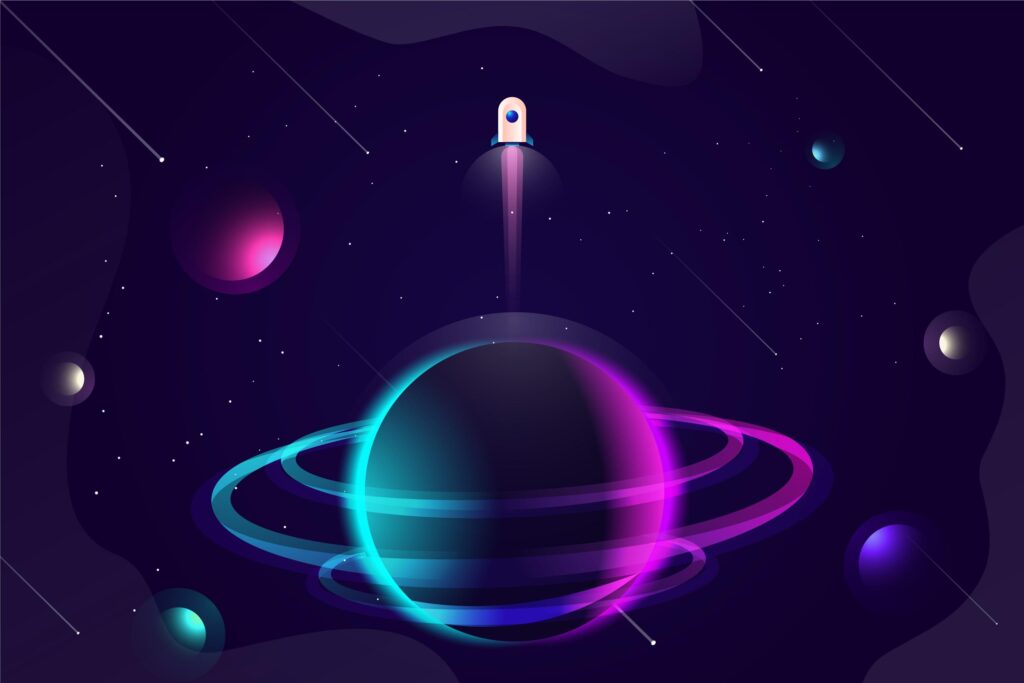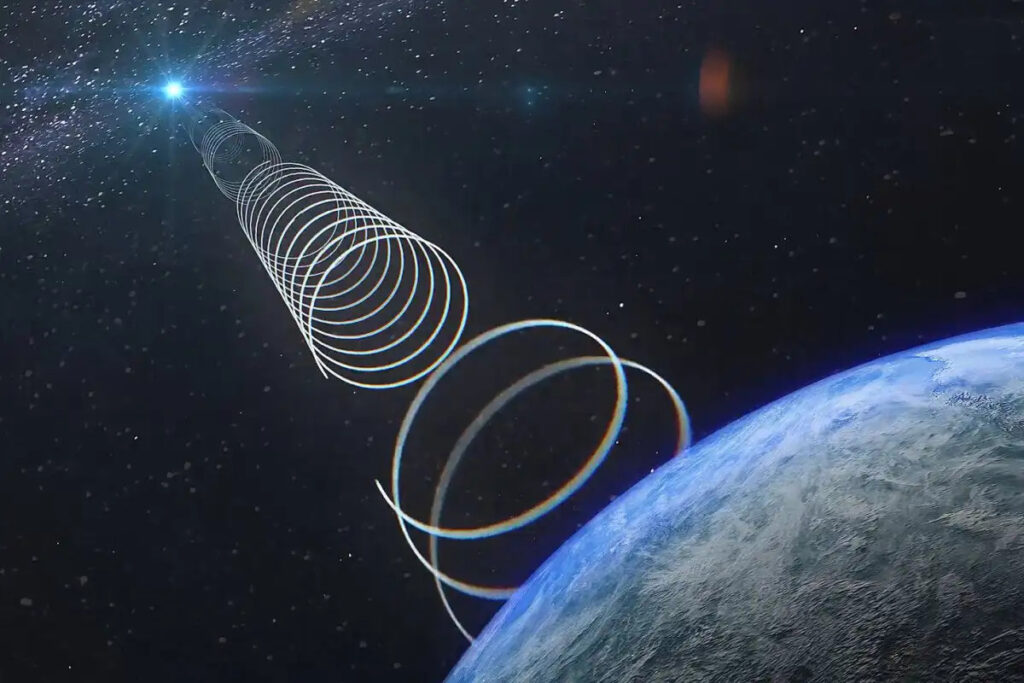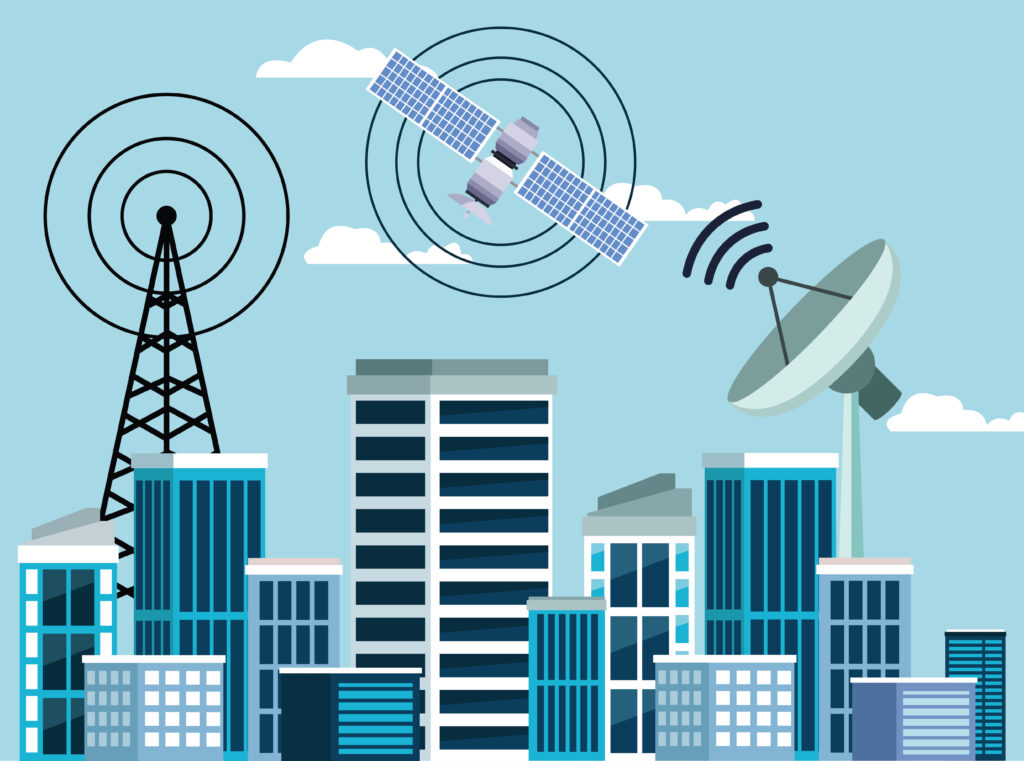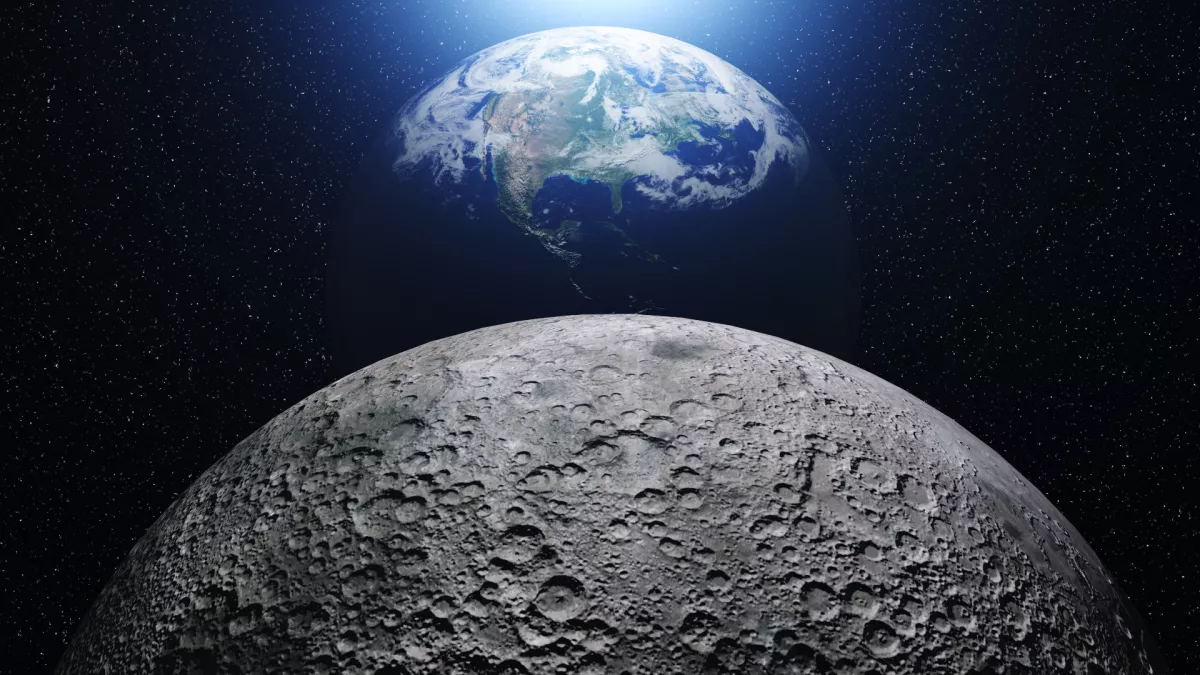The Science of Sending Messages from the Moon to Earth
Introduction
In the vast tapestry of space exploration, few endeavors captivate the human imagination as profoundly as lunar missions. These remarkable feats of human ingenuity allow us to traverse the void and explore our nearest cosmic neighbor, the Moon. Yet, beyond the dazzling surface explorations and scientific discoveries lies a fascinating aspect that often goes unnoticed: the intricate process of transmitting messages from the Moon to Earth. This article delves into the inner workings of lunar communication, unraveling the technology, challenges, and promises that underlie this cosmic dialogue.
The Cosmic Challenge

Imagine sending a message across a distance of approximately 384,400 kilometers (238,855 miles), the average gap that separates the Moon from Earth. The sheer magnitude of this cosmic gulf presents an inherent challenge. For communication to succeed, signals must traverse these mind-boggling distances while preserving their integrity and coherence. Moreover, these signals must navigate through the interstellar void, overcoming obstacles such as the Earth’s atmosphere and cosmic radiation, to reach their intended recipients on our planet.
Radio Waves: The Silent Couriers

The medium through which messages traverse the interplanetary expanse is none other than electromagnetic radiation—more specifically, radio waves. Unlike sound waves that require a medium like air to propagate, radio waves are a form of electromagnetic radiation that can traverse the vacuum of space. Generated by specialized communication equipment aboard lunar spacecraft and rovers, these radio waves carry information encoded in their patterns of oscillation.
Once these signals depart the Moon, they radiate outward in all directions, forming a spherical communication bubble that gradually expands as the signals travel toward their destination.
The Dance of Transmitters and Antennas

Upon arriving at Earth, these faint and dispersed signals are intercepted by colossal antennas. These antennas, often components of advanced observatories or communication facilities, are meticulously designed to capture, amplify, and focus the feeble radio waves onto specialized receivers. These receivers, in turn, convert the analog radio signals into digital electrical signals, which computers can readily process and translate into meaningful messages.
Frequency Bands: The Symphony of Communication

Communication across such cosmic spans demands meticulous frequency management. Just as radio stations have assigned frequencies to prevent interference, interplanetary communication employs carefully selected frequency bands to ensure clarity and accuracy. By utilizing specific frequency ranges, engineers optimize the transmission of messages while minimizing the chances of interference from terrestrial broadcasts or other sources of radio waves.
Moreover, engineers must manage the strength of the signals to account for the attenuation, or weakening, of the radio waves as they travel vast distances. This meticulous orchestration of frequencies and signal strength ensures that messages arrive at their destination with fidelity.
Time Delay: Echoes of Cosmic Distances

Although radio waves travel at the speed of light—an astonishing 299,792,458 meters per second—there’s still a noticeable time delay in interplanetary communication. This delay, termed signal latency, stems from the considerable distance separating the Moon from Earth. During real-time communication, signal latency varies between approximately 1.28 seconds (closest approach) and 2.71 seconds (farthest distance) for a one-way transmission. This temporal echo serves as a constant reminder of the cosmic vastness we navigate.
Two-Way Communication: A Cosmic Conversation

Lunar communication isn’t confined to transmitting messages from the Moon to Earth; it’s a two-way cosmic conversation. This dynamic exchange allows us to send commands, instructions, and requests from Earth to the lunar missions. This form of communication is indispensable for orchestrating the activities of lunar rovers, conducting experiments, and making real-time adjustments to instrumentation.
Like a dance of information, these commands are encoded into radio signals on Earth, transmitted across space, and decoded by the communication systems aboard the lunar missions. This intricate choreography of messages enables us to explore and interact with the Moon in unprecedented ways.
Technological Advancements: A Quantum Leap

Headways in innovation have impelled lunar correspondence into new frontiers. Present day rocket and meanderers are furnished with state of the art transmitters and receivers, empowering higher information transmission rates and upgrading the strength of communication. Moreover, modern blunder adjustment strategies are executed to guarantee the precision and trustworthiness of sent messages, even despite signal debasement.
Navigating Cosmic Hurdles

While innovation has taken amazing steps, challenges persevere in lunar correspondence. A huge obstacle is the impedance brought about by sun powered flares — extraordinary explosions of electromagnetic radiation exuding from the Sun. These flares can disturb or contort signals during their process through space, requesting creative arrangements, for example, safeguarding and overt repetitiveness systems to guarantee dependable correspondence.
Laser Communication: A Glimpse of the Future

Looking forward, specialists are effectively investigating laser correspondence, otherwise called optical correspondence, as a promising option in contrast to conventional radio waves. Laser correspondence utilizes shone light emissions to send data, offering higher information rates and lower signal dormancy contrasted with radio waves. This innovation’s accuracy limits signal corruption and obstruction, possibly upsetting interplanetary correspondence.
End

Sending messages from the Moon to Earth is a demonstration of human interest and development. The utilization of radio waves, the arrangement of frequencies, and the synchronization of hardware address mankind’s relentless mission to connect vast distances. As innovation progresses, our ability to convey across space extends, making ready for a more profound comprehension of the Moon, our nearby planet group, and the secrets that lie past. In this dance of electromagnetic waves, we disclose the secret strings that interface Earth and lunar sidekick — a dance enlightens the limitless universe we investigate.

